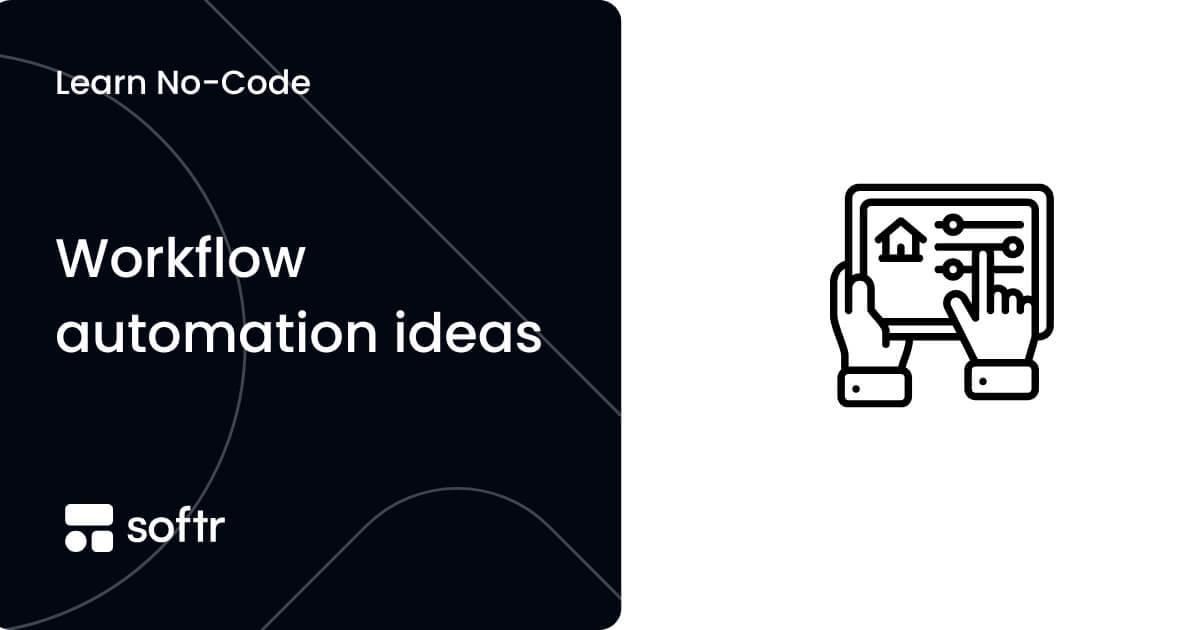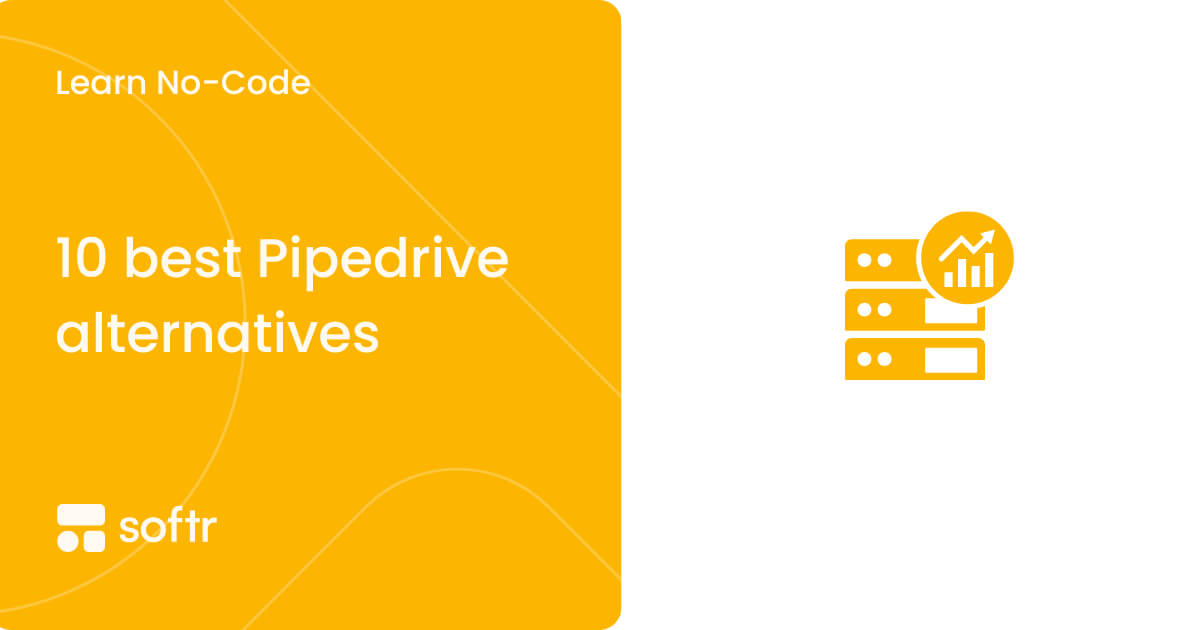How to build a no-code client dashboard (+ examples & free templates)

If you’ve ever had to present your clients with data, you know how hard it can be to cut through the clutter of daily operations and deliver project updates. Back-and-forth emails, manual reporting, and managing multiple client deliverables can feel overwhelming.
Failing to translate your clients’ key multi-channel performance metrics into a comprehensive data story makes it difficult for you and your clients to take action and make decisions.
Client dashboards are a valuable reporting tool in your tech stack. They offer a streamlined solution for presenting a comprehensive, real-time data story. But they can be difficult to implement, especially if you lack coding skills or any developer buddies to help you out.
In this post, we'll cover how to create a dashboard that simplifies client management and improves the client experience.
What is a client dashboard?
A client dashboard is a visual management tool that consolidates and displays data.
It keeps clients updated about project progress, KPIs, and metrics.
Unlike static reports, dashboards automatically populate with real-time data.

Businesses can showcase data such as their monthly revenue growth using live charts.
Why do you need a client dashboard?
For client-facing businesses, dashboards offer an array of benefits:
- Automate reporting: Track performance and view project updates easily.
- Centralize platforms: Provide one source of truth for client communication and data.
- Increase efficiency: Automate data collection associated with reporting with a CSS selector.
- Personalization: Customize as needed to display the most relevant client data.
- Consolidate project information: Connect to multiple data sources and client accounts.
- Simplicity: View important data across different teams and departments in one place.
- Streamline communication: Replace emails with real-time updates.
Dashboards are a modern (and often underrated) way to go above and beyond and visually provide transparent reporting data to clients.
Client dashboard examples
Let’s look at a few examples of dashboards you can create with Softr, a no-code online builder with a drag-and-drop, easy-to-use interface to create websites, web apps, client portals, and more.
Analytics dashboard
Let’s look at these startup metrics from Softr's analytics dashboard template for inspiration.

Visualize client performance data with Softr's real-time dashboards.
With client dashboards, you can communicate client data visually and transparently.

Track client KPIs effortlessly using Softr’s customizable dashboards.
Businesses can showcase data such as their monthly revenue growth, site traffic, and more using real-time charts in Softr’s analytics dashboard.
These are great examples of interactive, live charts that are automatically updated to provide total transparency while requiring minimal team time and effort.
Legal dashboard

Law firms and consultants can use a legal dashboard to give clients access to case details and documents.
- Case timelines, milestones, and court schedules.
- Secure document sharing for contracts and legal files.
- Real-time updates on case progress.
Try Softr's legal case management template to keep track of all your cases, clients, and billing, with a separate login for clients.
Custom client portal

A client portal gives clients a central place to view projects, tasks, files, and invoices.
For more flexibility, a client portal offers a secure way to share project information, updates, documents and reports, and communications with your clients.
With Softr's free client portal template, you can build a fully customizable portal in minutes:
- Built-in forms for client onboarding and feedback.
- Pre-built blocks like tables, charts, lists, kanbans, and more to visualize and interact with your data.
- Real-time reporting on KPIs, metrics, and progress.
- Secure document upload and sharing capabilities.
- Create a support & resources hub with articles, videos, and FAQs for client self-service.
- Include a section for invoices and payments with support for Stripe, PayPal, and more.
- Embedded dashboards and visualizations to give clients real-time insights.
What should a client dashboard include?
Depending on your use case, your client dashboard might include these elements:
- Project updates: Share project timelines, similar metrics, and completion statuses.
- Key metrics: Allow clients to track performance metrics relevant to their goals.
- Budget tracking: Provide a clear overview of spending and financial progress.
- Data visualization: Use custom widgets, charts, and graphs to visualize your data.
- Resource hub: Add a knowledge base or FAQs.
What to look for in client dashboard tools
When selecting client dashboard software or no-code solutions, choose one that offers flexibility and functionality. Here are a few features to look for:
1. Integrates with multiple data sources
Your client dashboard software should connect seamlessly with tools like Airtable, Google Sheets, and CRM systems. You want to automatically populate dashboards with real-time data from reliable sources, eliminating the need for manual reporting.
2. Customizable design options
Look for software that allows you to include custom widgets that meet your clients' needs. A drag-and-drop interface and options to add branding elements, such as custom colors, fonts, and fields, make it easier to build dashboards aligned with your brand.
3. Client access permissions
You want full control over access settings to determine the data each client can view. Features like dashboard menu items for different user groups and client-specific permissions provide complete control over data visibility.
4. Data visualization tools
Dashboards should make it easy to visualize your data. Look for options like live charts, graphs, and tables that track performance, project updates, and similar metrics. These tools help clients understand key insights at a glance.
5. Built-in reporting tools
The best client dashboard software simplifies reporting with reporting tools that automatically update.
6. Streamlined communication features
Some dashboard tools integrate with customer engagement platforms like Intercom, Drift and CRM software to track and manage customer interactions across chat and email. If you’re evaluating dedicated chat tools, this guide on best live chat software highlights options that can improve client communication alongside your dashboards.
7. User-friendly platform
Ease of use is important, especially for non-technical teams. Choose software with a user-friendly platform, clear navigation, simple settings, and intuitive workflows.
How to build a dashboard for clients
Now that we have a good understanding of client dashboards and how they can help your business, it's time for the fun part: how to build one.
With Softr’s intuitive drag-and-drop interface, you can build customized, branded dashboards in minutes.
- Avoid developer costs with a no-code, user-friendly platform.
- Easy to set up, plenty of templates available.
- Connect with data sources like Airtable, Google Sheets, Notion, HubSpot, and more for real-time updates.
- Configure client access and permissions to secure client information.
- Great for non-technical teams that want a granular level of customization.
Ready to create your own dashboard? Let us show you how!
Step 1: Set your objectives and strategy
As with any project, planning and strategy come first. Ask yourself these key questions:
- Why do you want to build a client dashboard?
- What client information needs to be included?
- Which sources will these data points be extracted from?
- What dashboard features will your client need?
- How will you track performance and share results?
Addressing these basic questions will prevent starting something you’ll eventually have to fix (trust us, we’ve been there!).
Here are 5 key tips for planning your client dashboard project:
- Keep the client in mind. As exciting as the project is, it should be about their needs.
- Choose your data carefully. Select relevant data points that address client goals and accurately deliver key information.
- Pay attention to the chart type. Different chart styles convey different messages, so choose visualization types representing the project information you want to convey.
- Involve the client. The best and easiest way to ensure you’re doing things right is to share with the client and get their insights.
Step 2: Build your dashboard
On to the fun part: It’s time to build!
Start with Softr's client dashboard template and follow the instructions for connecting your own data. This step-by-step help guide and tutorial video will also walk you through the building process.

Showcase client projects and updates with a professional dashboard design.
Create Airtable dashboards by pulling in your own data stored and building attractive charts. To visualize your data and provide real-time updates, you can select from different types of charts, including bars, lines, areas, scatters, pies, donuts, and roses.

Create interactive charts to display client data using Softr and Airtable.
The building process will be familiar if you’ve built a chart on Excel or Google Sheets. After selecting the Airtable Base, Table, and View from which the data should be imported, you get to play around with the charts, selecting the X and Y axes, orientation, design, and more.
Check out our documentation to learn more, or watch this video from Automation Helpers’ Dan Leeman for step-by-step instructions:
Step 3: Customizing your dashboard
The sky's the limit here. User accounts and permissions enable you to assign different dashboards for different user groups, for example:
- General KPI overview for managers.
- Manage timelines and track project progress.
- Quarterly ad spending and budget for the marketing team.
Configure user permissions and settings for complete control over who sees specific data.

Securely manage client access with customizable user roles in Softr.
Customize the layout and add your branding.

Add your brand logo and colors with Softr's customizable client dashboard themes.
In the upper right corner, click publish when finished.
Step 4: Share with clients and adapt
Provide your clients with a shareable link to access these charts. Involving clients at this stage can be valuable in understanding who has access to these charts and which data they need most. This will turn your client dashboards into an iterative and collaborative relationship, providing more value to your clients.
Now that your client dashboard is up and running, consider providing your clients with features such as extra collaborators, custom domains, single sign-on, creating a Progressive Web App, and more.

Create responsive client dashboards that are accessible on any device with Softr's PWA builder.
Explore Softr plans and pricing and determine which could be relevant for your project.
Build your client dashboard today
Client dashboards streamline communication, enhance transparency, and save you and your clients time. With Softr, creating a dashboard is easy, affordable, and tailored to your needs.
Try Softr’s free client dashboard template and start building dashboards your clients love.
Frequently asked questions about client dashboards
What’s the difference between a client report and a client dashboard?
Client reports are static documents, while dashboards are dynamic tools that automatically populate with real-time data.
How do I create a client dashboard?
There are three ways to create a client dashboard. You can choose to:
- Develop in-house
- Purchase a third-party solution
- Use a no-code solution like Softr
Developing your client dashboard in-house might give you more control over the data and customizability, but it’s expensive and time-consuming. Third-party solutions are easy to set up and integrate with your stack, but they’re costly and might cause security concerns for your clients. A no-code solution like Softr is affordable, easy to set up, and great for non-technical teams. The only thing is that you have to do it yourself—but it’s super simple.
Can I create a client dashboard without coding?
Yes! No-code platforms like Softr make it easy to create a client dashboard without technical expertise.
What is a client dashboard template?
A client dashboard template is a pre-built design that helps you get started quickly. Softr’s free client dashboard template includes settings for invoices, project updates, and more.
How do I share a client dashboard with clients?
Use an email link or shareable link to provide secure client access.








